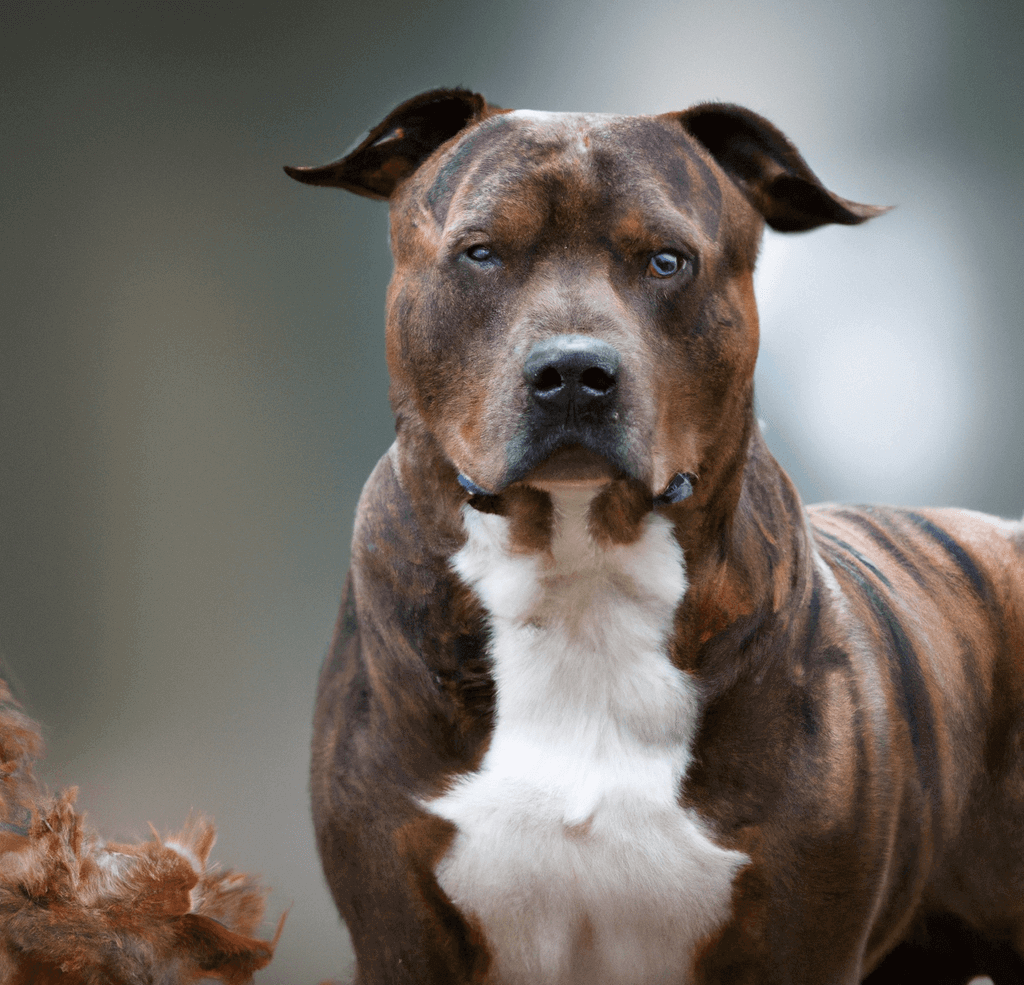Physical Address
304 North Cardinal St.
Dorchester Center, MA 02124
Physical Address
304 North Cardinal St.
Dorchester Center, MA 02124

The long-haired pitbull, also known as the “blue nose pitbull,” is a unique and beautiful variation of the standard pitbull breed. This variation is characterized by its long, silky coat that can come in a variety of colors, including black, blue, and brindle.
Understanding the characteristics and needs of the long-haired pitbull is crucial for anyone considering bringing one into their home. Proper care and training will ensure that these dogs can live happy, healthy lives and be valued members of their families.
The long-haired pitbull is a unique variation of the standard pitbull breed, known for its long and silky coat that comes in a variety of colors. These dogs are loyal, friendly, and affectionate with their families and have high exercise needs. Grooming requirements for the long-haired Pitbulls are also higher, regular brushing and trimming are required to maintain the coat. While being generally healthy, potential owners need to be aware of some inherited health concerns such as hip dysplasia and hereditary cataracts. Long-haired Pitbulls can make loving and loyal companions for the right family, but proper care and training are crucial for their well-being.
The pitbull breed has a complex and controversial history. Originally bred for bull-baiting in England, the breed was later used for bear-baiting, and dog fighting. Eventually, the sport of dog fighting was banned, and pit bulls were utilized as all-around farm dogs and family companions in America
The long-haired variation of the pitbull breed is a relatively recent development. It is thought to have arisen from a genetic mutation that occurred within the breed, resulting in a long coat. This variation is not recognized by the American Kennel Club (AKC) as a separate breed.
Despite not being recognized by the AKC, the long-haired pitbull has grown in popularity in recent years. Many pitbull enthusiasts appreciate the unique look and personality of these dogs, leading to an increase in breeding and ownership.
Long-haired Pitbulls are a medium-sized breed, weighing between 30-60 pounds and standing 18-21 inches tall at the shoulder. Their coats are long and silky and can come in a variety of colors. They are also known for their distinct “blue nose,” which is a bluish-gray color around the nose and mouth.
Long-haired Pitbulls are known for being loyal, friendly, and affectionate with their families. They can be protective of their owners, but this trait can be managed with proper training and socialization. They are also energetic and require regular exercise to stay happy and healthy.
The Long-haired Pitbulls are intelligent and eager to please, making them relatively easy to train. They respond well to positive reinforcement methods such as rewards-based training. However, these dogs have high exercise needs, so they need to be walked or run multiple times a day, and also given regular opportunities to play and expend their energy.
The long-haired coat of the pitbull breed does require regular grooming to keep it in top condition. This includes regular brushing to remove tangles and prevent matting, and the occasional trimming to keep the coat a manageable length. These dogs also need regular ear cleaning and nail trimming.
Long-haired Pitbulls are generally a healthy breed, but there are some health concerns that potential owners should be aware of. These include hip dysplasia, which is an inherited condition that affects the hip joint, and hereditary cataracts, a disorder that causes the eye’s lens to become cloudy.
Long-haired Pitbulls require a diet that is high in protein and moderate in fats to support their active lifestyle. A diet that is tailored to their size, age, and activity level is important. Dry dog food or a raw diet could be a great option, with supplementation of essential vitamins, minerals, and omega-3 fatty acids. It is also important to monitor their weight and adjust their food intake as needed to maintain a healthy body condition.
As with any breed, responsible ownership is crucial for the well-being of the long-haired pitbull. This includes proper training, socialization, exercise, and nutrition, as well as regular veterinary check-ups and preventative care.
Despite its controversial past, the long-haired pitbull is a unique and spectacular breed that can make a loving and loyal companion for the right family. With proper care and training, these dogs can live happy, healthy lives and be valued members of their families. If you are considering adding a long-haired pitbull to your family, it’s essential to do your research and understand the specific needs of this breed.